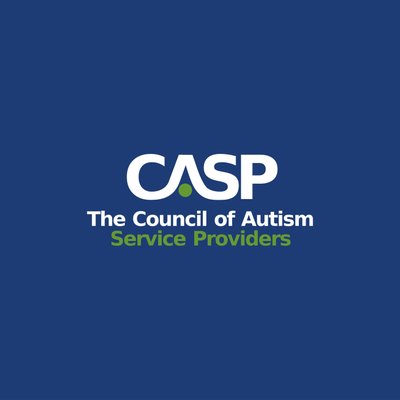Supporting an Autistic Child in Mainstream School

Supporting your autistic child in mainstream school is crucial. Discover effective strategies and success stories for an inclusive education. To support an autistic child in a mainstream school, it is essential to have a solid understanding of autism and the challenges that autistic students may face. This section will explore the prevalence of autism in […]
Raising an Autistic Child Alone: Tips for Single Parents

Single parents of autistic children often find themselves juggling the dual demands of their child’s unique needs and their own personal responsibilities without a partner to lean on. This article aims to explore the distinct challenges and also celebrate the unique joys that come with raising an autistic child as a single parent. We’ll share […]
Activities to Help Improve Attention Span in Autism

Children with Autism Spectrum Disorder (ASD) often face challenges when it comes to attention. They may struggle with avoiding unnecessary sensory information and find it difficult to concentrate on one activity. This can lead to distractions, frustration, and a loss of interest in learning. Understanding and addressing these challenges is crucial for supporting the development […]
How to Care for an Autistic Child

To effectively care for an autistic child, it is crucial to have a comprehensive understanding of autism and the challenges it presents. Autism is a developmental disorder that affects about 1 in 36 children in the United States, with boys being four times more likely to be diagnosed than girls. It is characterized by behavioral, […]
How Effective is ABA Therapy?

When it comes to treating individuals with autism, one commonly used intervention is Applied Behavior Analysis (ABA) therapy. ABA therapy is a scientifically validated approach that focuses on improving specific behaviors and skills. Let’s take a closer look at what ABA therapy is and how it works. What is ABA Therapy? ABA therapy, or Applied […]
Can Autism Skip a Generation?

Autism is a complex neurodevelopmental disorder that is influenced by both genetic and environmental factors. Understanding the role of genetics in autism can provide valuable insights into its inheritance patterns and risk factors. Heritability of Autism Numerous studies, including twin studies and family studies, have estimated the heritability of autism to be around 83%. This […]
ABA Therapy Activities and Ideas to Do at Home

Implementing ABA therapy activities at home can be highly beneficial for children with autism. These activities aim to expand vocabulary, improve social interactions, and help children learn new skills, such as sorting numbers, colors, emotions, and completing puzzles. By engaging in ABA therapy activities at home, parents and caregivers can create a supportive learning environment […]
All About ABATherapy: a Parent’s Guide

When it comes to helping individuals with autism reach their full potential, Applied Behavior Analysis (ABA) therapy plays a significant role. ABA is considered an evidence-based “best” practice treatment by the US Surgeon General and the American Psychological Association. Understanding the basics of ABA therapy, its benefits, and reliable sources of information is crucial for […]
How to Tell if Aba Therapy Treatment is Working

When it comes to ABA therapy, it is important for parents and caregivers to assess the progress of their child’s treatment. ABA therapy, or Applied Behavior Analysis, is a highly effective intervention for individuals with autism. By understanding the principles of ABA therapy and recognizing its benefits, parents can gain insight into whether the treatment […]
Recognizing the Signs of Autism in Newborn

Recognizing the early signs of autism in newborns is crucial for early intervention and support. While most children are usually diagnosed with autism between the ages of 5 and 6, it is possible to identify signs of autism in babies as young as 12 months. In fact, the earliest signs of autism can be observed […]


